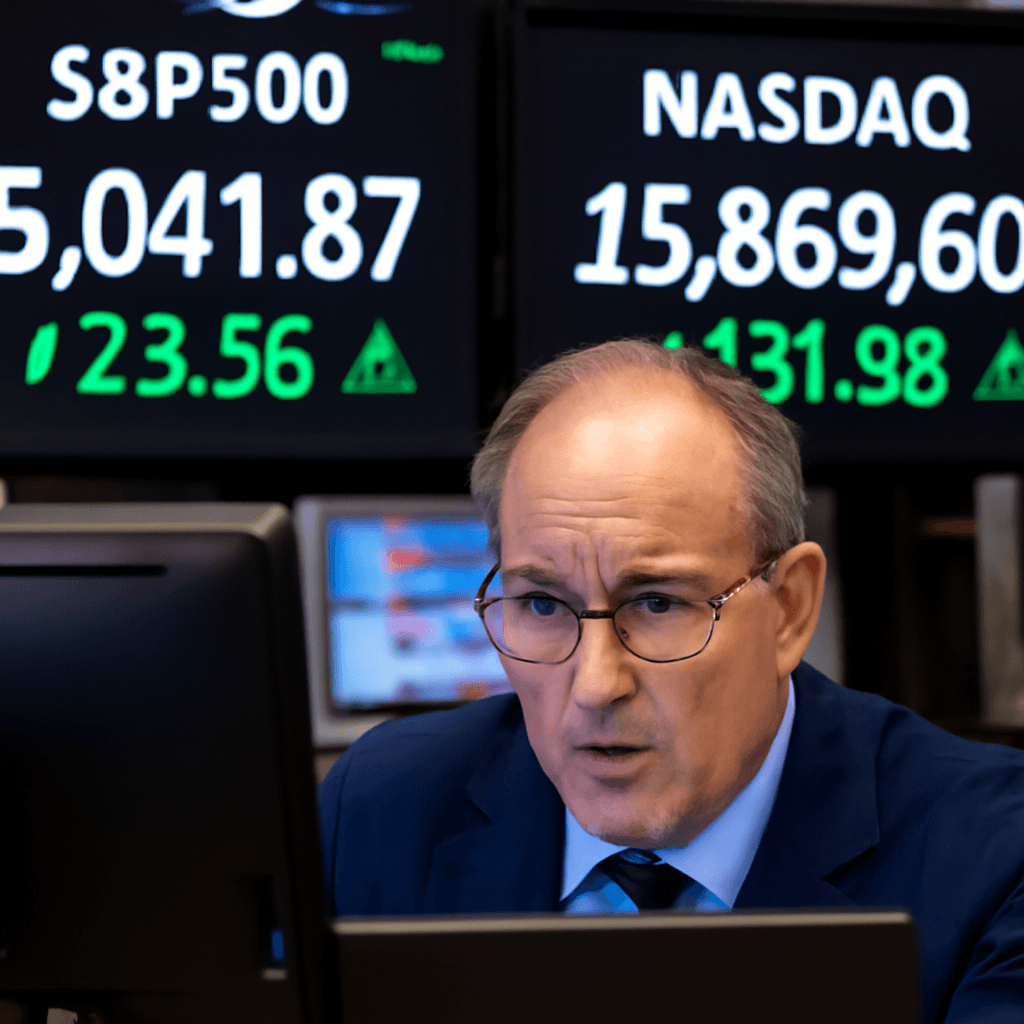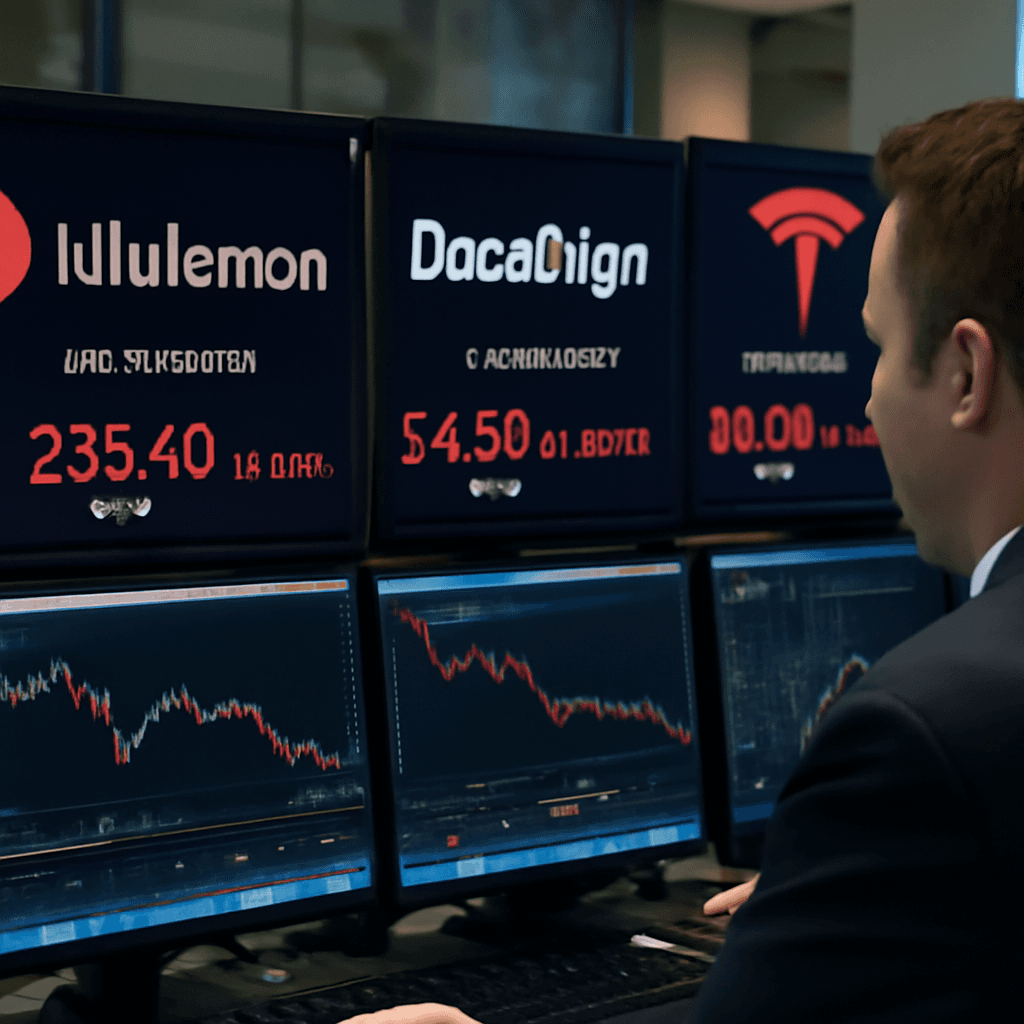JPMorgan Flags Tesla, Moderna Among Leading Short Sell Targets for Second Half of 2025
As investors steadily navigate an unpredictable market painted by ongoing trade tensions and fluctuating corporate performances, JPMorgan’s equity analysts have spotlighted several U.S. stocks they believe are poised for declines in the latter half of 2025. Notably, Tesla and Moderna top the list of suggested short sale candidates, signaling caution amid an otherwise resilient market backdrop.
Market Context: Resilience Amid Uncertainty
Despite tariff-related uncertainties tied to prior U.S. trade policies, the S&P 500 and the tech-heavy Nasdaq Composite recently reached new highs, showcasing the market’s remarkable recovery since sharp losses in early April. Still, a weekly downturn for the S&P 500 reveals lingering apprehension among investors, underscoring how swings in trade policy continue to cast shadows over market sentiment.
JPMorgan’s Research Pulse: The Tactical Short List
JPMorgan’s co-head of Americas equities research, Pedro Martins Junior, compiled insights from the firm’s leading U.S. equity analysts to reveal their “most compelling structural and tactical short ideas” for the remainder of 2025. This strategy highlights companies predicted to face share price depreciation, offering short sellers potential profit amid downside moves.
- Tesla (TSLA): Rated “underweight,” Tesla faces skepticism over its lofty valuation—especially when stacked against fellow tech giants dubbed the “Magnificent Seven.” Analyst Ryan Brinkman cautions that Tesla’s electric vehicle subsidies are dwindling, jeopardizing profit margins already slimmer than those of legacy automakers like Ford and General Motors. Moreover, Tesla’s ambitious robo-taxi program raises concerns due to sensor limitations, casting doubt on its near-term success.
- Moderna (MRNA): Despite a recent 20% rebound, Moderna’s future faces hurdles including ongoing cash burn, regulatory challenges, and legal complications. Analyst Jessica Fye signals a lack of imminent catalysts that might drive the stock higher, leading to a cautious stance despite a broader Wall Street consensus predicting upside.
- Whirlpool (WHR): The appliance maker’s valuation surged roughly 38% since early June—outpacing peers and sparking concern about overvaluation. Yet, Whirlpool may find a silver lining benefiting from U.S. tariffs, as the majority of its products are domestically manufactured, potentially enhancing competitive positioning against foreign rivals.
- Mobileye Global and Shake Shack: Also on the list, these companies face sector-specific challenges, prompting JPMorgan analysts to recommend short exposure to tap into expected share price softening.
Expert Insight: What This Means for Investors
JPMorgan’s selection underscores a nuanced investment landscape where innovation-driven companies like Tesla contend with profitability pressures and regulatory headwinds, while healthcare firms like Moderna grapple with reimbursement and pipeline uncertainties. From an American policy perspective, continuing U.S. tariffs reshape competitive dynamics, particularly favoring domestic manufacturers like Whirlpool. The analysis invites investors to reassess risk amid the interplay of macroeconomic policies and company fundamentals.
Looking Ahead: Key Questions Remain
- Can Tesla’s robotaxi vision overcome technological and safety challenges, or will it fall short of market expectations?
- How will evolving vaccine market dynamics impact Moderna’s ability to generate sustainable profits beyond the COVID-19 era?
- To what extent will U.S. trade policies continue to influence valuations and supply chains within manufacturing sectors?
As the second half of 2025 unfolds, careful navigation grounded in both structural industry trends and tactical shareholder sentiment remains vital.
Editor’s Note
JPMorgan’s spotlight on Tesla and Moderna as prime short ideas provides a counterbalance to soaring market confidence and fresh highs. These assessments remind us that even market darlings face complex headwinds that might undercut their valuations. By framing these picks within broader economic and policy contexts—such as the impact of U.S. tariffs on domestic manufacturing and regulatory challenges in biotech—investors gain a richer, more grounded perspective on risk and opportunity. As always, understanding the layered story behind headline stock movements enriches financial decision-making beyond mere price action.



















